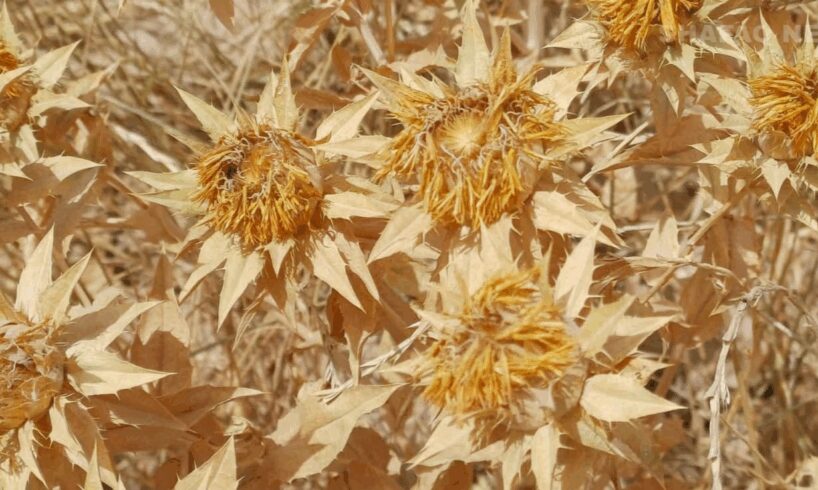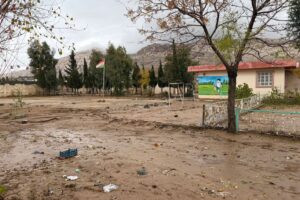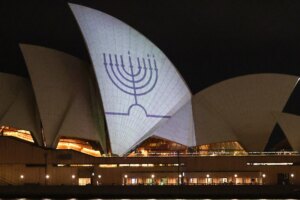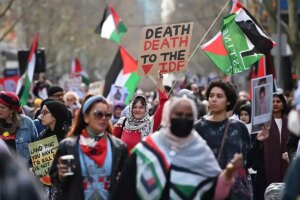
2025-07-30T12:08:20+00:00
font
Enable Reading Mode
A-
A
A+
Shafaq News – Basra
Iraq’s Basra province has launched its first experimental safflower cultivation
project, a promising step toward reducing reliance on water-intensive crops in
one of the country’s most climate-vulnerable regions.
Safflower in
Basra
Globally,
safflower is gaining momentum. Countries like the United States, Mexico, and
several in East Asia have scaled up commercial production, driven by growing
demand for plant-based oils and natural dyes. Syria has also made notable
progress in expanding cultivation.
In Iraq,
however, safflower remains largely in the trial phase. Previous experiments
were limited to Babil, al-Diwaniyah, and Samawah. Basra’s initiative marks the
first formal effort in the province—apart from a lone academic study at the
College of Agriculture.
The crop’s
limited presence stems from low awareness and a longstanding focus on
water-heavy staples like rice and wheat. But with water reserves shrinking and
environmental challenges intensifying, the push for drought-tolerant,
sustainable alternatives is gaining urgency.
A Two-Stage
Harvest
The pilot
field was established in northern Basra, an area grappling with salinity,
heatwaves, and irregular rainfall. It incorporated 10 kilograms each of urea
and NPK fertilizers, along with nano-fertilizers. Soil preparation, planting,
and monitoring were carried out by the Marshland Development Department’s
Mechanization Complex.
Hadi
Hussein, Director of the Basra Agriculture Department, described the initiative
as a crucial effort to identify climate-resilient crops tailored to the
region’s worsening conditions. “Safflower is high in unsaturated fatty
acids—particularly linoleic acid, which can comprise up to 70% of its oil
content,” Hussein told Shafaq News. “It helps reduce cholesterol and supports
cardiovascular health.”
The plant
offers value beyond oil. After extraction, the remaining biomass is repurposed
as protein-rich feed for livestock. Additionally, Safflower yields two
marketable products through a staggered harvest. The first involves collecting
its bright petals—used in food coloring, cosmetics, and herbal applications.
About a month later, the seeds are harvested for oil production, giving farmers
two revenue sources from a single crop.
Toward a
Resilient Agricultural Future
Osama
Abdul-Hadi Saleh, the senior agricultural engineer who conceptualized and led
the project, reported growing enthusiasm among local farmers. “Several have
already expressed interest in future cycles,” he told our agency. “Its low
input cost and high adaptability make it a strong option for regions facing
severe climate stress.”
The crop’s
ability to thrive under high temperatures, water scarcity, and dust storms
further underscores its potential. Pending approval from the Agriculture
Directorate, plans are in place to expand cultivation by five additional dunams
(1.25 hectares) during the 2025–2026 season, beginning November 15.
Abdul-Hadi
also outlined future plans to integrate beekeeping into the model. The plant’s
dense floral clusters and branched structure offer ideal conditions for
honeybees, potentially creating supplementary income and enhancing local
biodiversity.
He believes
the Basra trial could catalyse broader agricultural reform, stating, “Safflower
presents a low-cost, high-impact alternative amid growing ecological and
economic challenges.”
Should the
next cultivation phase produce strong yields, agricultural authorities may
consider incorporating safflower into Iraq’s national crop rotation and subsidy
frameworks. With institutional support, the crop could pave a sustainable path
forward—bolstering food and fodder security as Iraq confronts an increasingly
volatile environmental future.





